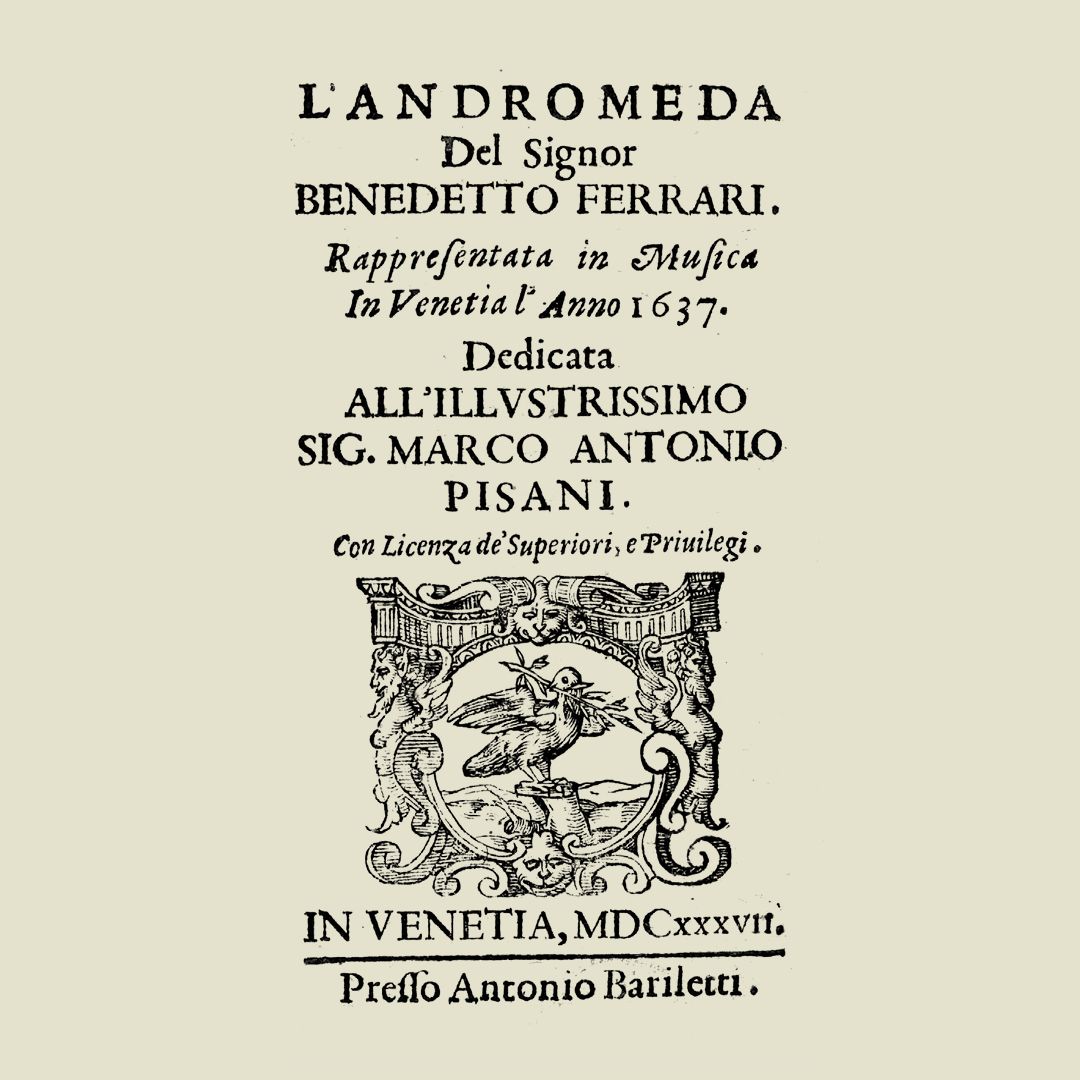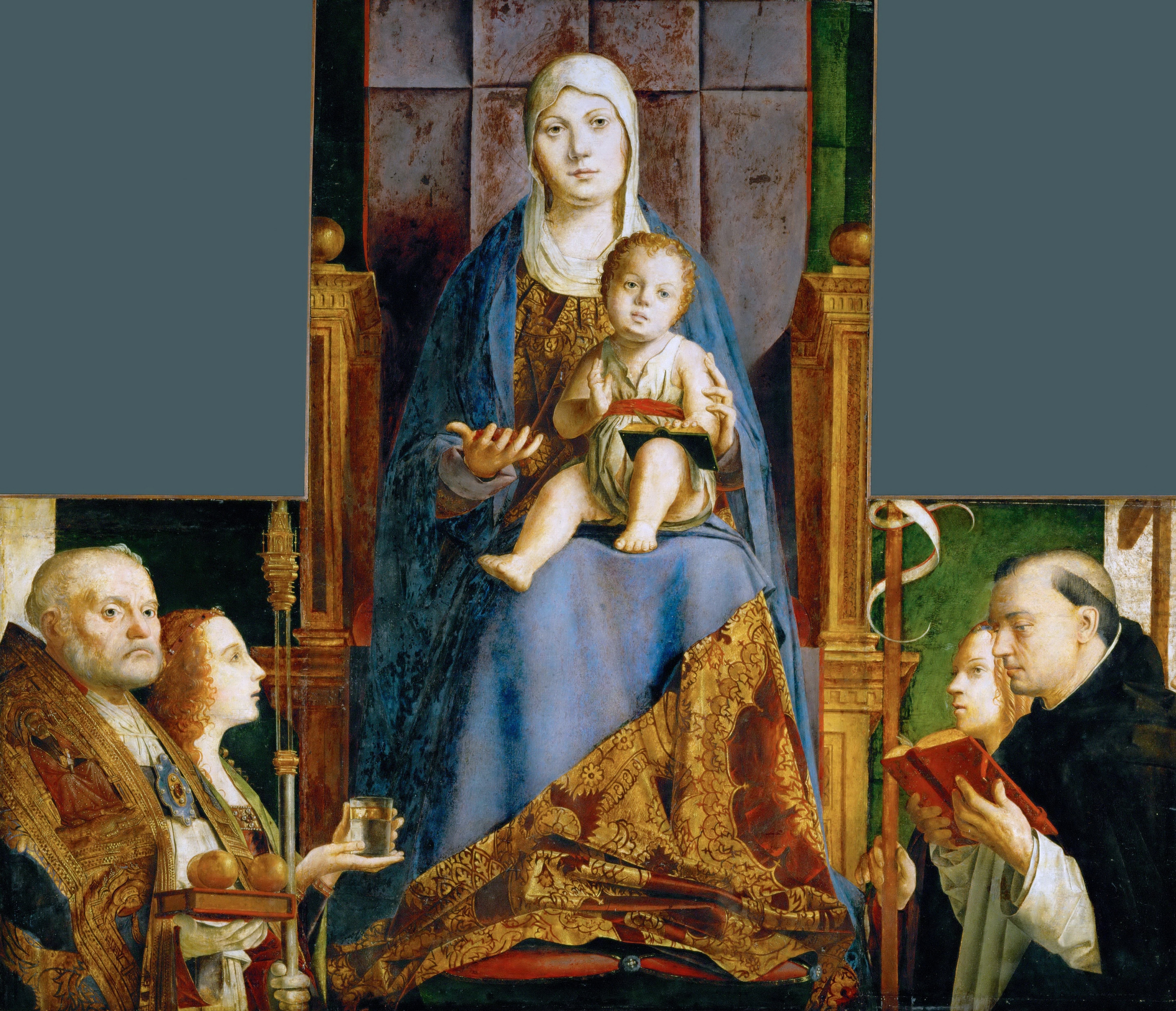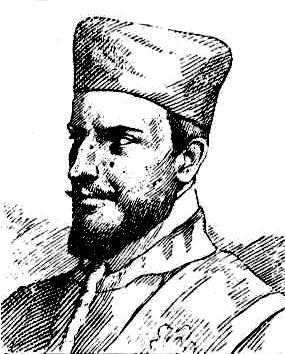|
Teatro Tron
The Teatro San Cassiano (or Teatro di San Cassiano and other variants) in Venice was the world’s first public opera theatre, inaugurated as such in 1637. The first mention of its construction dates back to 1581. The name with which it is best known comes from the parish in which it was located, San Cassiano (Saint Cassian), in the Santa Croce district (‘ sestiere’) not far from the Rialto. The theatre was owned by the Venetian Tron family and was the first ‘public’ opera house in the sense that it was the first to open to a paying audience. Until then, public theatres (i.e., those operating on a commercial basis) had staged only recited theatrical performances (''commedie'') while opera had remained a private spectacle, reserved for the aristocracy and the courts. The Teatro San Cassiano was, therefore, the first public theatre to stage opera and in so doing opened opera for wider public consumption. In 2019 a project, conceived by the English entrepreneur and musico ... [...More Info...] [...Related Items...] OR: [Wikipedia] [Google] [Baidu] |
San Cassiano, Venice
San Cassiano ( en, Church of Saint Cassian) is a 14th-century Roman Catholic Church (building), church located in the San Polo ''sestiere'' of the Italian city of Venice. A church has stood on the site since 726 with the present building dedicated to Saint Cassian of Imola being consecrated in 1376 and re-modelled during the 17th century. It has a plain exterior with several adjacent buildings overlapping it. Its interior however is richly decorated in a Baroque architecture, Baroque style. The church is located on the ''Campo San Cassiano'', site of the world's Teatro San Cassiano, first public opera house, west of the Rialto Bridge and is open to visitors Tuesday-Saturday mornings. The church houses three paintings by the Italian artist Tintoretto, including ''The Crucifixion of Christ'' painted in 1568 which the art critic John Ruskin described as, "the finest [example of a Crucifixion painting] in Europe". However, the most famous painting associated with the church is parado ... [...More Info...] [...Related Items...] OR: [Wikipedia] [Google] [Baidu] |
Francesco Cavalli
Francesco Cavalli (born Pietro Francesco Caletti-Bruni; 14 February 1602 – 14 January 1676) was a Republic of Venice, Venetian composer, organist and singer of the early Baroque music, Baroque period. He succeeded his teacher Claudio Monteverdi as the dominant and leading opera composer of the mid 17th-century. A central figure of Venetian musical life, Cavalli wrote more than forty operas, almost all of which premiered in the city's theaters. His best known works include ''Ormindo'' (1644), ''Giasone'' (1649) and ''La Calisto'' (1651). Life Cavalli was born at Crema, Lombardy, Crema, then an Domini di Terraferma, inland province of the Venetian Republic. He became a singer (boy soprano) at St Mark's Basilica in Venice in 1616, where he had the opportunity to work under the tutorship of Claudio Monteverdi. He became second organist in 1639, first organist in 1665, and in 1668 ''Kapellmeister, maestro di cappella''. He took the name "Cavalli" from his patron, Venetian nobleman ... [...More Info...] [...Related Items...] OR: [Wikipedia] [Google] [Baidu] |
Baldassare Galuppi
Baldassare Galuppi (18 October 17063 January 1785) was an Italian composer, born on the island of Burano in the Venetian Republic. He belonged to a generation of composers, including Johann Adolph Hasse, Giovanni Battista Sammartini, and C. P. E. Bach, whose works are emblematic of the prevailing galant music that developed in Europe throughout the 18th century. He achieved international success, spending periods of his career in Vienna, London and Saint Petersburg, but his main base remained Venice, where he held a succession of leading appointments. In his early career Galuppi made a modest success in ''opera seria'', but from the 1740s, together with the playwright and librettist Carlo Goldoni, he became famous throughout Europe for his comic operas in the new ''dramma giocoso'' style. To the succeeding generation of composers, he was known as "the father of comic opera". Some of his mature ''opere serie'', for which his librettists included the poet and dramatist Me ... [...More Info...] [...Related Items...] OR: [Wikipedia] [Google] [Baidu] |
Tomaso Albinoni
Tomaso Giovanni Albinoni (8 June 1671 – 17 January 1751) was an Italian composer of the Baroque era. His output includes operas, concertos, sonatas for one to six instruments, sinfonias, and solo cantatas. While famous in his day as an opera composer, he is known today for his instrumental music, especially his concertos. He is best remembered today for a work called "Adagio in G minor", attributed to him but largely written by Remo Giazotto, a 20th century musicologist and composer, who was a cataloger of the works of Albinoni. Biography Born in Venice, Republic of Venice, to Antonio Albinoni, a wealthy paper merchant, he studied violin and singing. Relatively little is known about his life, which is surprising, considering his contemporary stature as a composer and the comparatively well-documented period in which he lived. In 1694 he dedicated his Opus 1 to the fellow-Venetian, Cardinal Pietro Ottoboni (grand-nephew of Pope Alexander VIII). His first opera, '' Zenobia, regina d ... [...More Info...] [...Related Items...] OR: [Wikipedia] [Google] [Baidu] |
Elena (opera)
''Elena'' is a dramma per musica in a prologue and three acts by Francesco Cavalli, set to a libretto originally by Giovanni Faustini that was completed by Nicolò Minato. The opera was first performed in Venice at the Teatro San Cassiano; the dedication is dated to 26 December 1659. Recordings *live Aix-en-Provence Festival, July 2013. DVD - conductor Leonardo García Alarcón, director Jean-Yves Ruf. Ricercar (record label), Ricercar References Sources * Operas Operas by Francesco Cavalli 1659 operas Opera world premieres at the Teatro San Cassiano {{Italian-opera-stub ... [...More Info...] [...Related Items...] OR: [Wikipedia] [Google] [Baidu] |
Giasone
''Giasone'' (''Jason'') is an opera in three acts and a prologue with music by Francesco Cavalli and a libretto by Giacinto Andrea Cicognini. It was premiered at the Teatro San Cassiano, Venice on 5 January 1649, during carnival. The plot is loosely based on the story of Jason and the golden fleece, but the opera contains many comic elements too. ''Giasone'' was "the single most popular opera of the 17th century". It is rarely revived today, but has been performed by for example English Touring Opera (2013). Recordings include a 1988 version directed by René Jacobs with Michael Chance in the title role. A 2010 production by the Vlaamse Opera, with Christophe Dumaux in the title role, was released on DVD. Roles Synopsis Prologue Two mythological characters appear in the prologue: Sole (the sun, i.e. Apollo) and Amore (love, i.e. Cupid). Sole opens with an aria about the gloriousness of the day because Giasone (i.e. Jason) will set out leading his Argonauts on a quest to find ... [...More Info...] [...Related Items...] OR: [Wikipedia] [Google] [Baidu] |
La Doriclea E Il Titone
LA most frequently refers to Los Angeles, the second largest city in the United States. La, LA, or L.A. may also refer to: Arts and entertainment Music * La (musical note), or A, the sixth note * "L.A.", a song by Elliott Smith on ''Figure 8'' (album) * ''L.A.'' (EP), by Teddy Thompson * ''L.A. (Light Album)'', a Beach Boys album * "L.A." (Neil Young song), 1973 * The La's, an English rock band * L.A. Reid, a prominent music producer * Yung L.A., a rapper * Lady A, an American country music trio * "L.A." (Amy Macdonald song), 2007 * "La", a song by Australian-Israeli singer-songwriter Old Man River Other media * l(a, a poem by E. E. Cummings * La (Tarzan), fictional queen of the lost city of Opar (Tarzan) * ''Lá'', later known as Lá Nua, an Irish language newspaper * La7, an Italian television channel * LucasArts, an American video game developer and publisher * Liber Annuus, academic journal Business, organizations, and government agencies * L.A. Screenings, a tel ... [...More Info...] [...Related Items...] OR: [Wikipedia] [Google] [Baidu] |
La Virtù De’ Strali D’Amore
LA most frequently refers to Los Angeles, the second largest city in the United States. La, LA, or L.A. may also refer to: Arts and entertainment Music * La (musical note), or A, the sixth note * "L.A.", a song by Elliott Smith on ''Figure 8'' (album) * ''L.A.'' (EP), by Teddy Thompson * '' L.A. (Light Album)'', a Beach Boys album * "L.A." (Neil Young song), 1973 * The La's, an English rock band * L.A. Reid, a prominent music producer * Yung L.A., a rapper * Lady A, an American country music trio * "L.A." (Amy Macdonald song), 2007 * "La", a song by Australian-Israeli singer-songwriter Old Man River Other media * l(a, a poem by E. E. Cummings * La (Tarzan), fictional queen of the lost city of Opar (Tarzan) * '' Lá'', later known as Lá Nua, an Irish language newspaper * La7, an Italian television channel * LucasArts, an American video game developer and publisher * Liber Annuus, academic journal Business, organizations, and government agencies * L.A. Screen ... [...More Info...] [...Related Items...] OR: [Wikipedia] [Google] [Baidu] |



